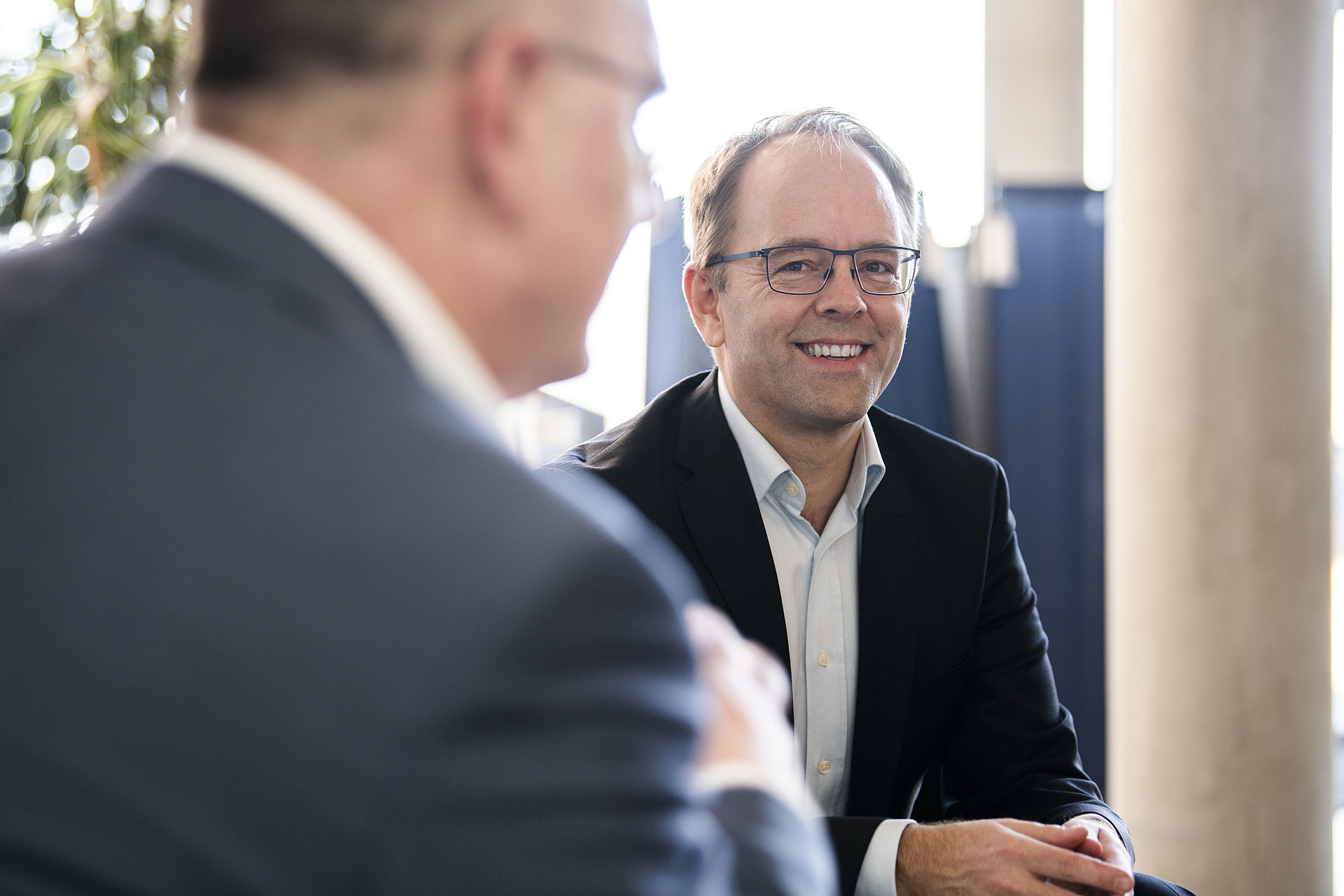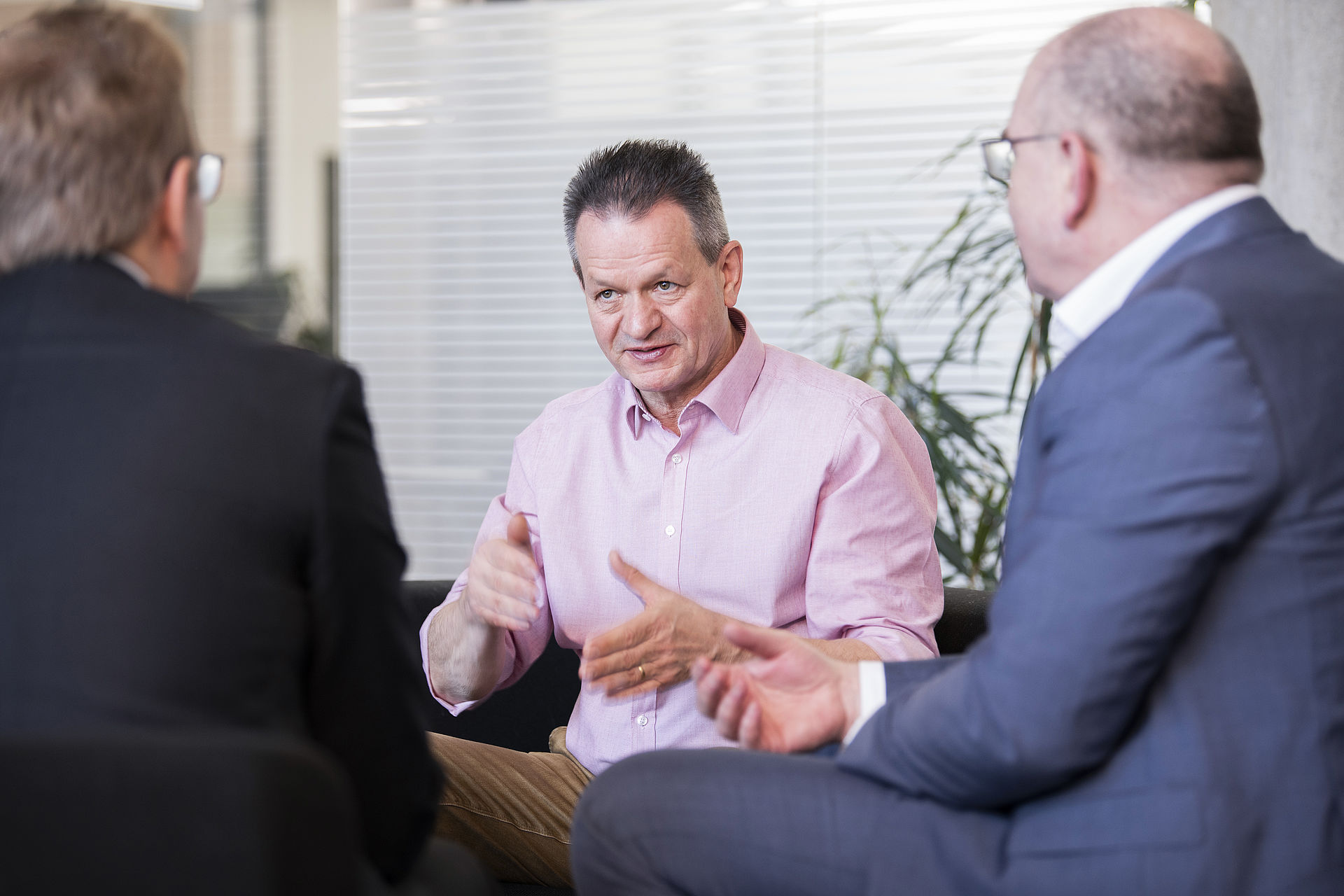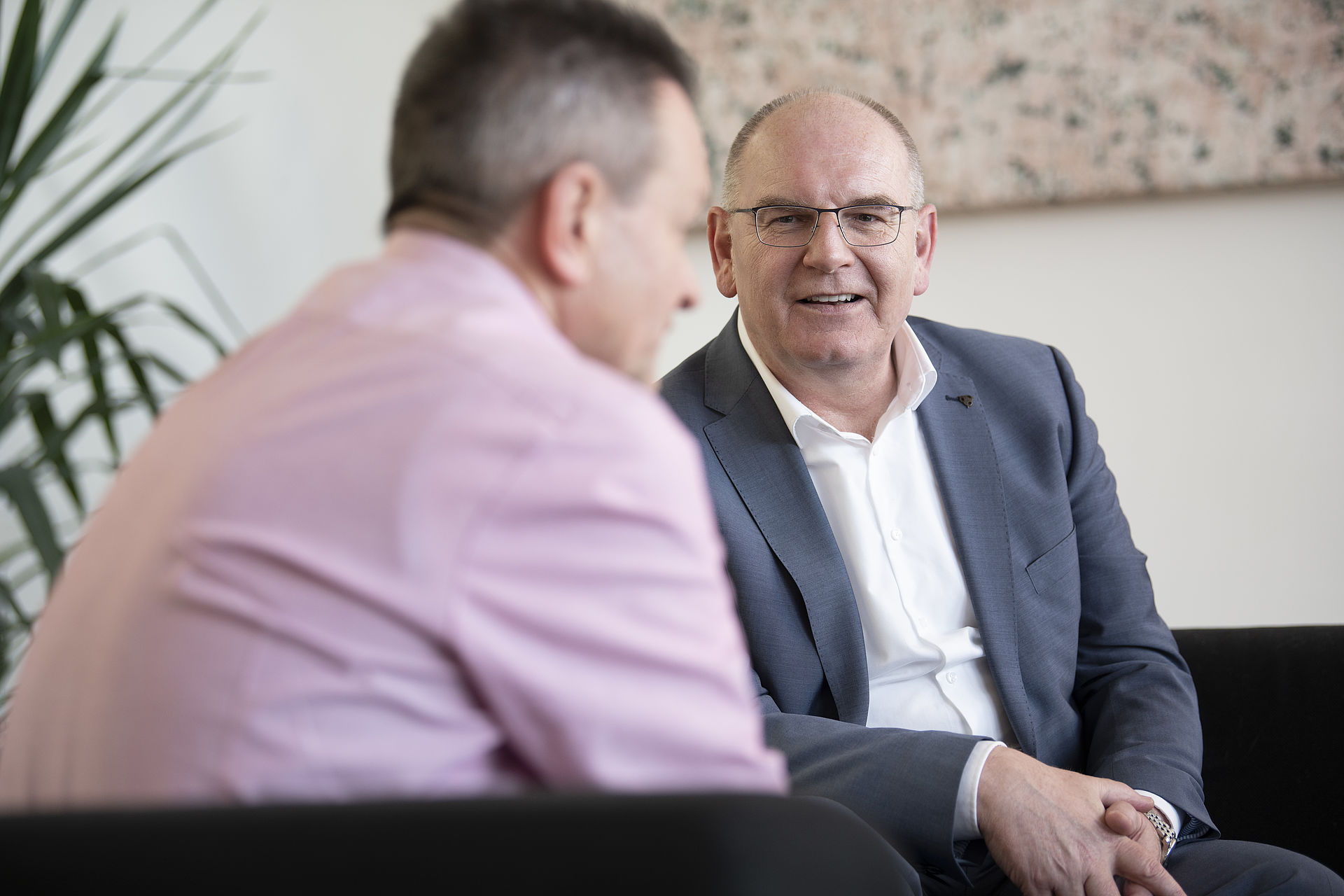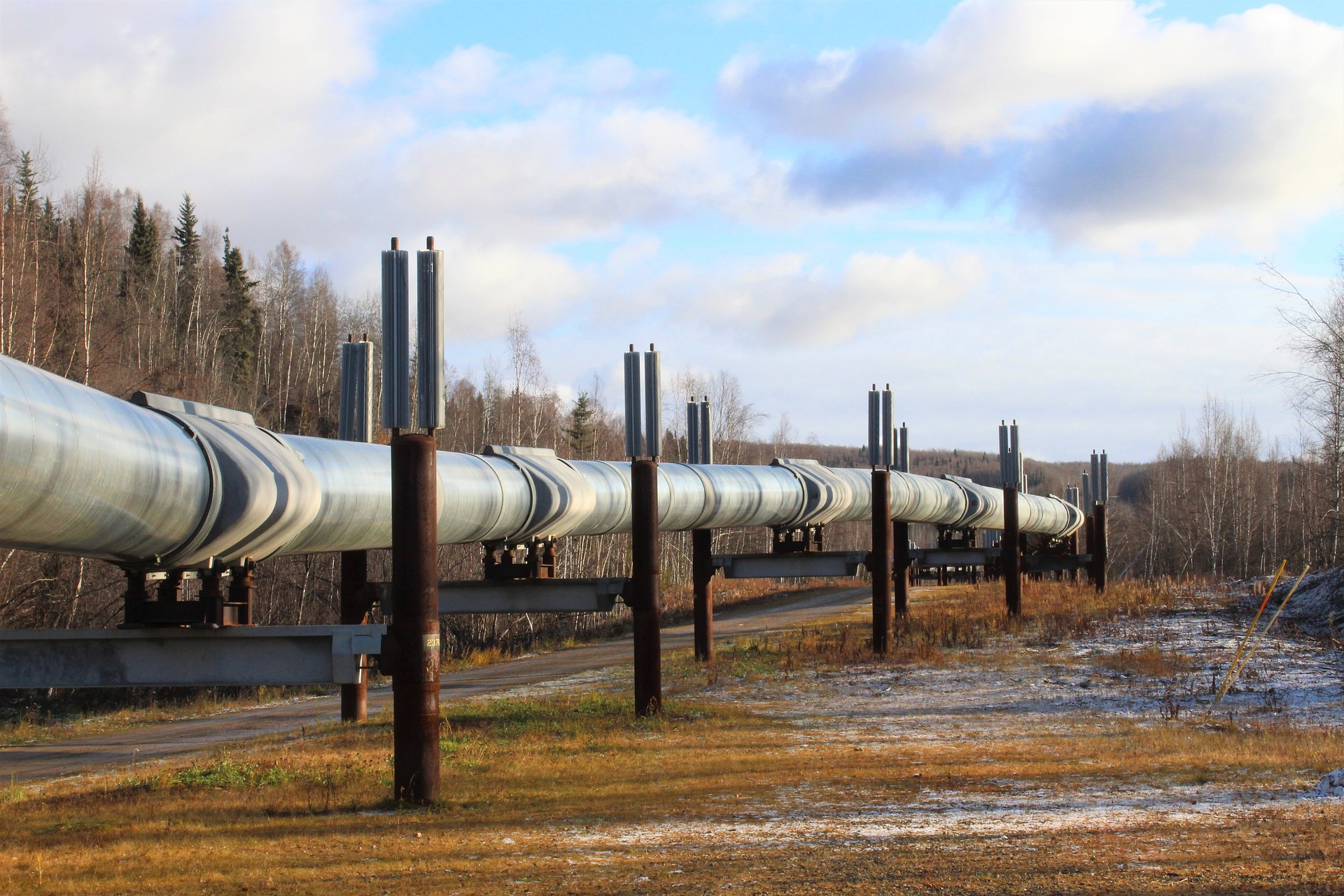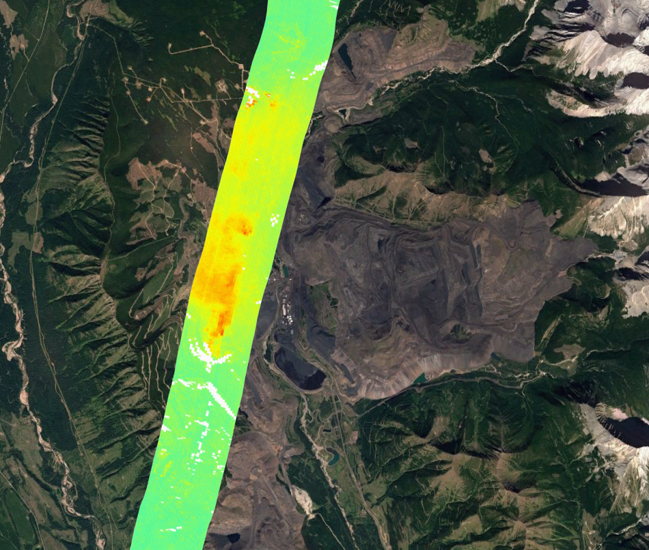Floods, storms, heat waves – we have all long since been feeling the effects of climate change. In order for humanity to respond to this situation, ecosystems and how they function must first be understood. Remote sensing from outer space can play a crucial role in this regard. Hyperspectral technology in particular offers new possibilities for rendering the invisible visible. As the prime contractor for the EnMAP (Environmental Mapping & Analysis Program) mission, OHB is making a decisive contribution in this regard. In an interview, the OHB team of experts asks Hans-Peter Honold, Bernhard Sang and Rüdiger Schönfeld about the importance of the German hyperspectral mission for addressing the climate crisis, OHB’s competitiveness and the team spirit at the OHB Center for Optics and Science.
Climate change is clearly on our doorstep. Does humanity have a problem?
Bernhard Sang: Climate change is definitely a challenge for humanity. This is because the growing population and human activities in all parts of the biosphere are reaching the limits of the available resources. Whether it’s clean air with a low proportion of climatically harmful gases such as carbon dioxide and methane, clean water or land-based ecosystems such as forests or agriculture – the great task facing current and future generations will be to complete the transition to resource-saving management in all these areas.
How can environmental observation from outer space help?
Bernhard Sang: Space-based environmental observation has an unbeatable advantage: the vantage point. In space, you’re located very far away from the objects you want to observe, but this distance gives you a large-scale global perspective. Since the ecosystems in the biosphere are all more or less globally interconnected, this perspective is of great importance. We humans have been learning about these ecosystems for several decades through an iterative process involving observation and modelling. Models of this kind, which usually cast light globally on certain aspects such as the carbon cycle, are called the “digital twin earth” and are receiving extensive funding from the European Union so that they continue to be developed. They map existing knowledge, integrate data, model human activity and, for example, allow long-term forecasts to be made for climate change. By improving these types of models and using them to simulate certain scenarios, humanity will learn to understand the terrestrial system and, on this basis, to manage the biosphere more sustainably. These models are based on global data covering certain environmental parameters that can only be collected via space-based observation.
Looking forward, hyperspectral data can help to determine the growth cycles of plants and thus to increase crop yields.
What makes hyperspectral technology so important for solving environmental problems?
Bernhard Sang: Hyperspectral earth observation is an “end-to-end” method for earth observation. Rather than a single image, the entire interaction of sunlight with the earth’s surface and the atmosphere is continuously recorded. The reflected light contains a lot of information about the way it interacts with the ground and the atmosphere, which can be detected very accurately by means of hyperspectral remote sensing. For example, the condition of a plant can be determined much more accurately than with current methods. Since the hyperspectral sensor records the entire spectrum, data pertaining to very different questions can be processed by one and the same sensor. This includes water quality, the condition of forests, local methane concentration or geology. This makes it a “Swiss army knife”, so to speak, a universal tool for optical remote sensing.
So, does this mean that there are universal ways in which it can be used?
Bernhard Sang: Yes, definitely. One of the greatest problems facing humanity is nutrition. We have a growing world population but we do not have a growing planet and the availability of agricultural land is depleted. Looking forward, hyperspectral data can help us to observe plant growth cycles and thus to increase crop yields through more efficient farming.
In addition to food, of course, people also need drinking water. The data will also help us to assess the quality of inland waters and help to preserve soil quality. And, of course, it will be possible to assess the condition of forests more accurately. As one of the first hyperspectral satellites, EnMAP will open the door to a deeper understanding of climate change and its impact on terrestrial and aquatic ecosystems.
At the OHB Center for Optics and Science, many employees have been working on the EnMAP mission for about 15 years. What does this project mean for the team and for OHB?
Hans-Peter Honold: EnMAP is a pioneering achievement. We have created a real piece of hardware from a vision. In fact, at the beginning, we did not know what we were facing, where we would be exceeding human boundaries and what was technically feasible. This experience has strengthened us and welded us together, while providing a basis for other projects in Oberpfaffenhofen. Our team have always worked closely and the mission has forged close ties between many people over a long period of time. Many colleagues have brought a vision to fruition with EnMAP. The strong motivation arose from their willingness to identify with the project and their courage to march on without allowing themselves to be intimidated by the complexity of the task. The development of this satellite has left deep traces on and defined the Oberpfaffenhofen site. Through EnMAP, we now know that we no longer need to shun major challenges.
In fact, at the beginning, we did not know what we were facing, where we would be exceeding human boundaries and what was technically feasible.
Technologically, what has been the greatest challenge in recent years?
Hans-Peter Honold: One major challenge was obviously the complete development and production of the hyperspectral instrument consisting of a telescope and a spectrometer.
This is the first time in the Company’s history that we have developed an entire instrument of this complexity with development requirements extending to individual parts. This was a major step forward for OHB. On this path, we have been able to amass a great deal of knowledge and skills which are already benefiting other projects.
Let’s glance into the future: Imagine it is the beginning of April 2022 and EnMAP is headed for space on board a Falcon-9 – how do you think you will be feeling?
Hans-Peter Honold: This moment will definitely be like no other. For me and many of my colleagues, this project has been like a child, our baby. We have been working on this mission for a long time and now this child is learning to walk and becoming independent. We must let go. We are firmly convinced that our baby will perform well; after all, we have invested a great deal of energy in teaching it.
With EnMAP, OHB has developed and built a full-scale technological system. Does this mission merely mark the beginning?
Rüdiger Schönfeld: Absolutely. Although some advancements have already been made in the EnMAP technology, we have primarily learned what is decisive in the development of such complex instruments and missions. This broad knowledge paved the way for us to receive a contract from ESA for the development of the payload for the CHIME hyperspectral mission. Even though CHIME initially appears to be an entirely different beast, the knowledge and skills that we have amassed by working on EnMAP have been extremely helpful. In short, without EnMAP, there would be no CHIME.
Are there any other ideas for leveraging the skills gained from EnMAP and CHIME in the marketplace?
Rüdiger Schönfeld: Everything we have learned gives us the basis for developing ideas for high-performance solutions. So, we’re already developing the next-generation optical instruments. On top of this, we are able, for example, to design a microsatellite with roughly the same performance as the EnMAP sensor and can take even more images, but it has only one-fifth of the mass. Performance over time can be improved by creating constellations. And this is yielding further potential for OHB Digital in the form of downstream services for commercial users. Looking forward, OHB could offer a complete package and provide not only the image but also the information product. Through the use of suitable algorithms, the data can be used to obtain information that can help to improve agricultural and forestry yields, render pipeline leaks visible, or help in the search for mineral resources.
With EnMAP, we have a system that produces a great deal of data and can generate fingerprints of the Earth’s surface.
Does this mean that EnMAP data will help us not only to understand the earth but also to live in harmony with its resources?
Rüdiger Schönfeld: Yes, that just about sums it up. With EnMAP, we have a system that produces a great deal of data and can generate fingerprints of the earth’s surface.
We probably aren’t yet even aware of all the possibilities that this data will offer us. EnMAP is also a demonstrator: we are yet to learn what information the data holds. I am firmly convinced that, in view of the growing social challenges and the increasing commercial use of satellites, OHB will go on to complete many more hyperspectral missions. This competence has been acknowledged in the industry for quite some time and strengthens our reputation.


